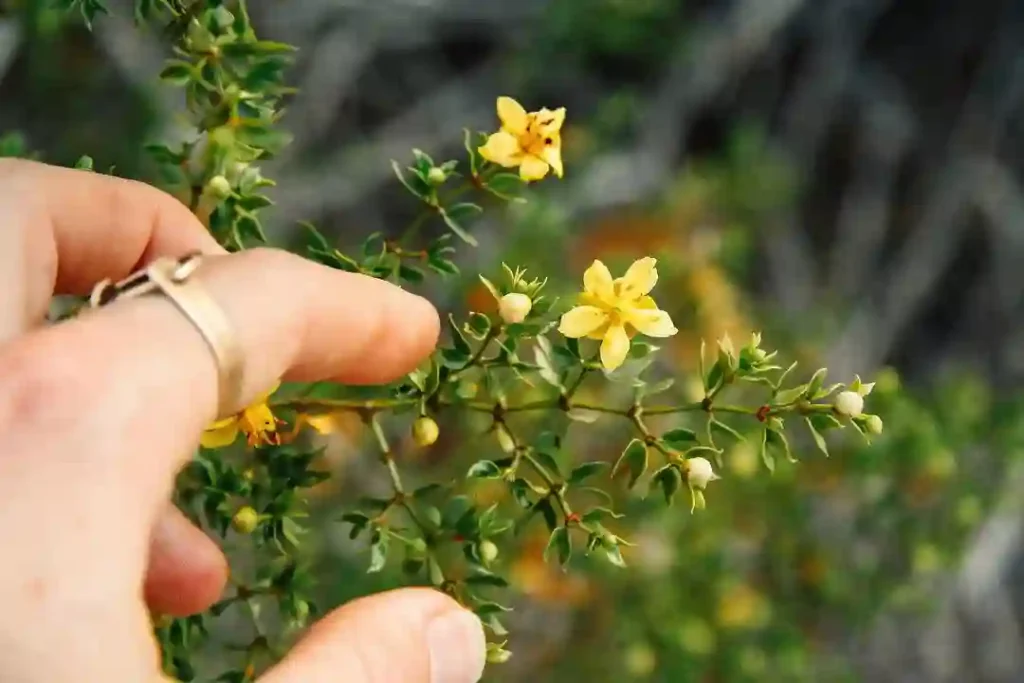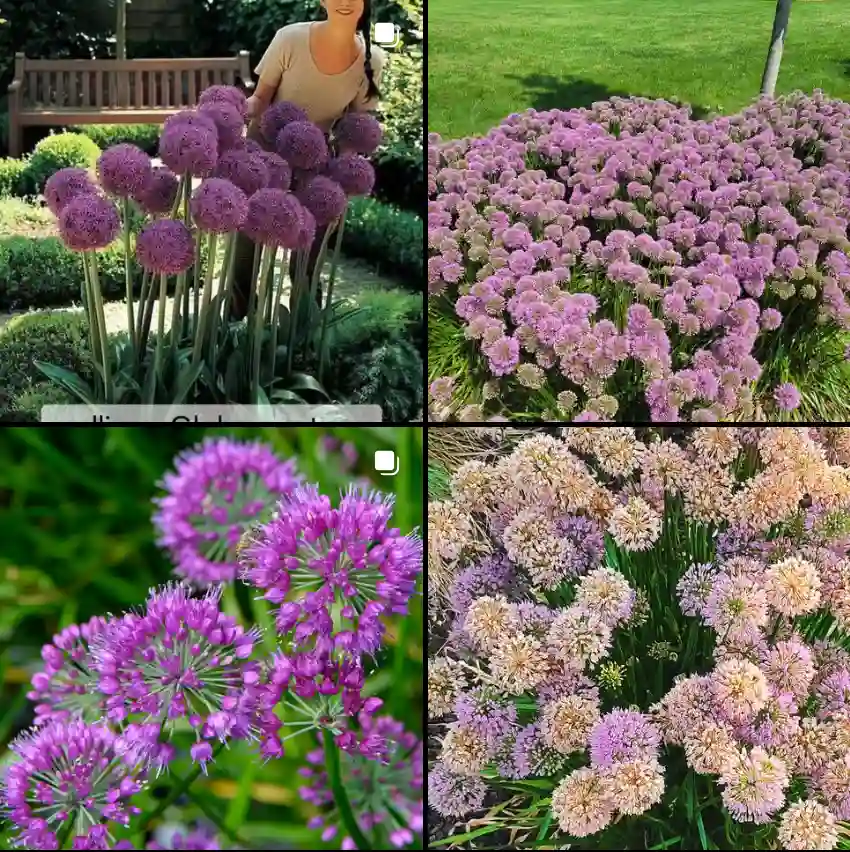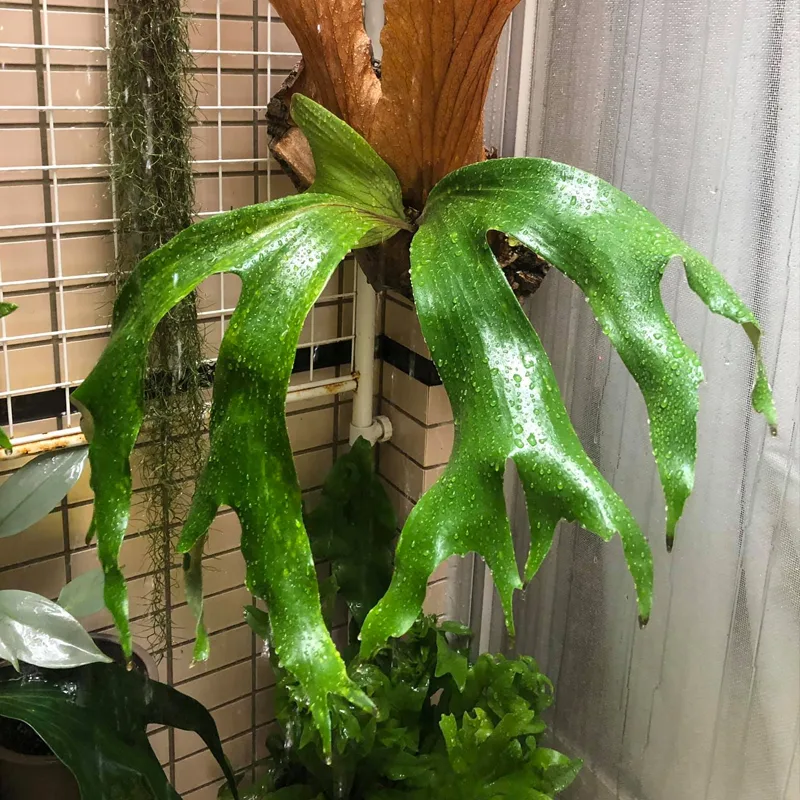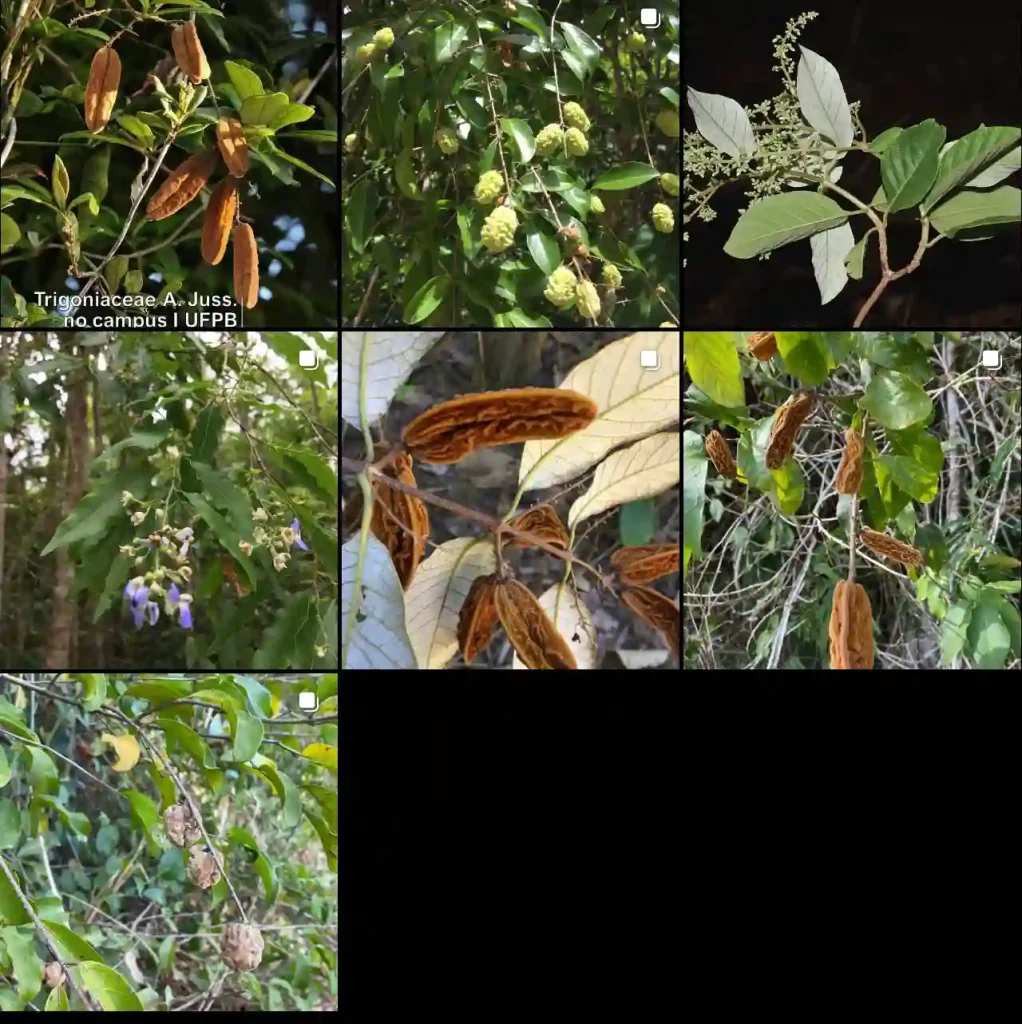Exploring the Unique Sarcolaenaceae Family
The Sarcolaenaceae family is one that I’ve come to appreciate deeply, not just for its botanical uniqueness but for its ecological significance. Native exclusively to Madagascar, this family of flowering plants is a prime example of the island’s rich and diverse flora. It’s fascinating how these plants have evolved in isolation, adapting to the diverse habitats of Madagascar, from dry deciduous forests to humid rainforests.
Understanding the Sarcolaenaceae Family
The Sarcolaenaceae family comprises around 50 species spread across 10 genera, making it a relatively small family in the grand scheme of the plant kingdom. Despite its size, this family stands out because of its high level of endemism—meaning that these plants are found nowhere else in the world. This is an important point for conservation, as the loss of these species would mean their complete extinction.
Genera in the Sarcolaenaceae Family
- Eremolaena
- Leptolaena
- Mediusella
- Pentachlaena
- Perrierodendron
- Rhodolaena
- Sarcolaena
- Schizolaena
- Xerochlamys
- Xyloolaena
The Ecological Importance of Sarcolaenaceae
One of the reasons I’m so fascinated by the Sarcolaenaceae family is its ecological role. These plants are often keystone species in their habitats, meaning they play a critical role in maintaining the structure of their ecosystems. For instance, many species of birds and insects rely on Sarcolaenaceae plants for food and shelter. Additionally, these plants help stabilize the soil and prevent erosion, which is a significant issue in many parts of Madagascar due to deforestation and land degradation.
Conservation Concerns and Efforts
Unfortunately, like much of Madagascar’s unique flora and fauna, the Sarcolaenaceae family is under threat. Habitat destruction, primarily due to slash-and-burn agriculture and logging, poses a significant risk to these plants. Because they are endemic to Madagascar, losing their habitats means potentially losing these species forever.
Several conservation efforts are underway to protect these plants. Organizations like the Missouri Botanical Garden and Kew Gardens are involved in research and conservation projects aimed at preserving Madagascar’s unique plant life. I believe more attention needs to be given to these efforts, not just by scientists but by the global community as well.
Personal Reflections and the Need for Awareness
As someone who’s deeply passionate about botany and conservation, I feel a personal connection to the Sarcolaenaceae family. Learning about these plants has given me a deeper appreciation for the intricate web of life in Madagascar. It’s incredible how these species have evolved in such a specialized way, adapting to their environment over millions of years.
However, this appreciation comes with a sense of urgency. The world is changing rapidly, and the unique ecosystems of Madagascar are under constant threat. I believe raising awareness about the Sarcolaenaceae family and other endemic plants is crucial. People need to understand that these aren’t just plants—they are part of a complex ecosystem that supports a wide range of life forms.
Final Thoughts
The Sarcolaenaceae family may not be as well-known as some other plant families, but its importance cannot be overstated. These plants are a symbol of Madagascar’s incredible biodiversity and the challenges faced in conserving it. For me, studying this family has been a journey of discovery and a reminder of the delicate balance of life on our planet.
In a world where we often overlook the small and the obscure, the Sarcolaenaceae family stands as a testament to the wonders of evolution and the pressing need for conservation. I hope that more people will come to appreciate these unique plants and join in the effort to protect them. After all, preserving the Sarcolaenaceae is not just about saving a family of plants; it’s about maintaining the rich tapestry of life that makes our world so extraordinary.
If i die, water my plants!



